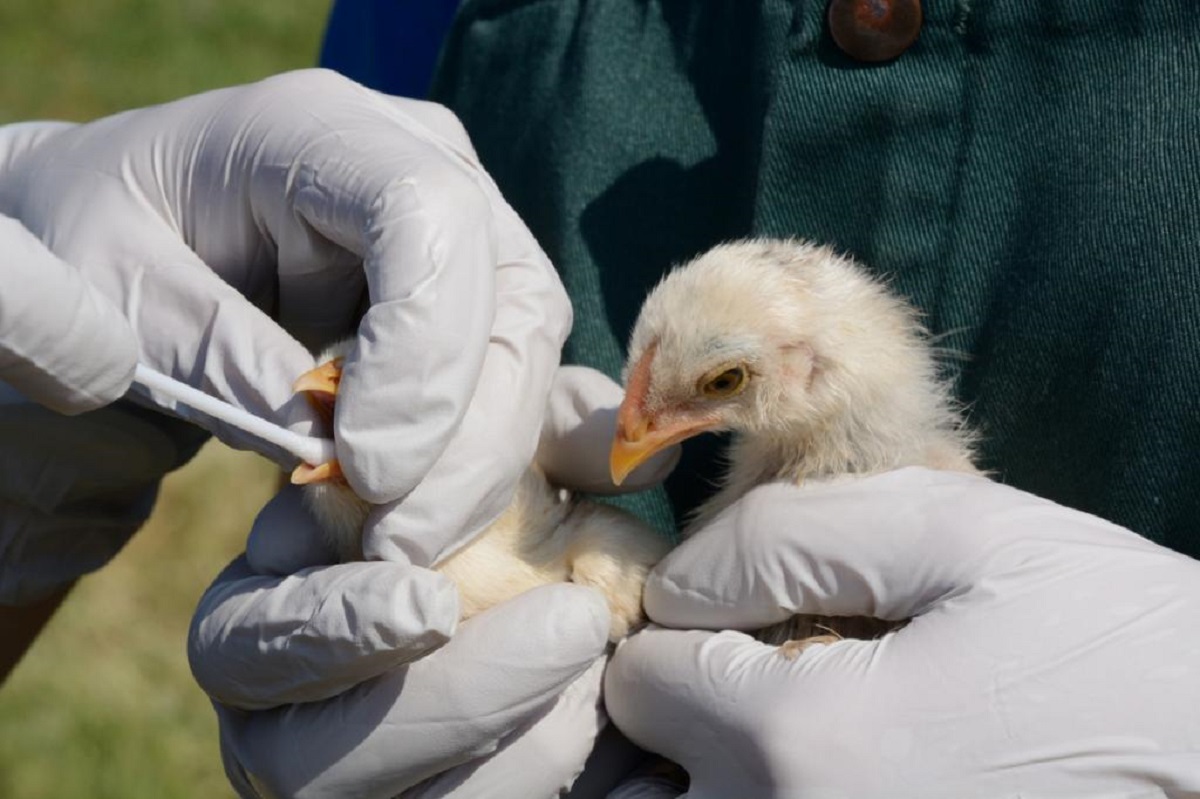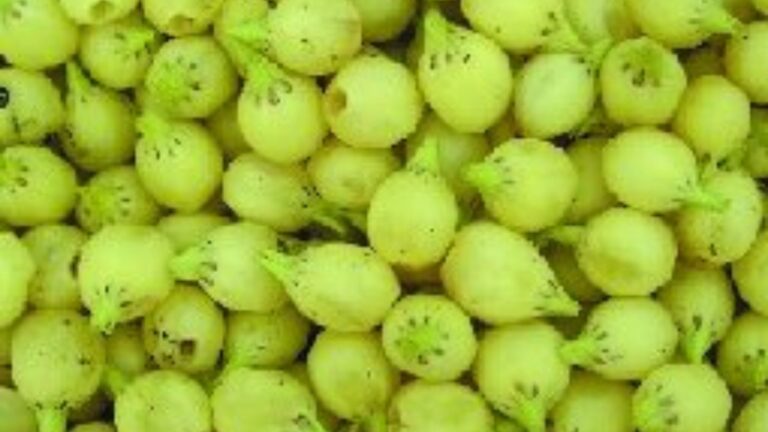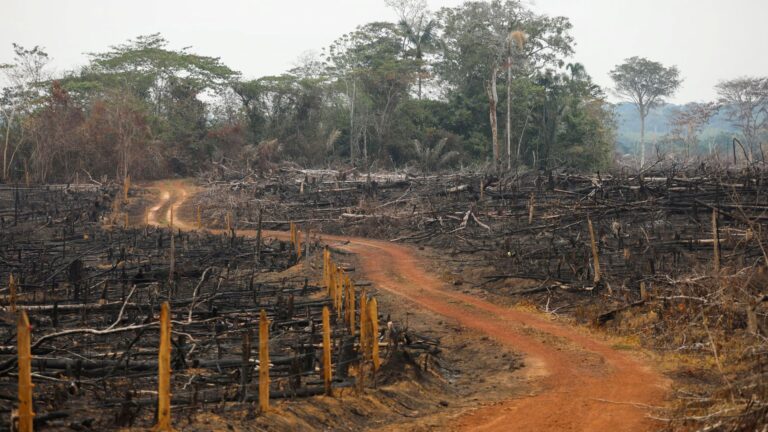
The highly pathogenic avian influenza virus H5N1 is spreading among animals at an unprecedented rate. It has been detected on all continents except Oceania, prompting the United Nations to label it “a global zoonotic animal pandemic.” H5N1 can infect over 350 bird species and nearly 60 mammal species, with migratory waterfowl such as ducks, swans, geese, and gulls being especially susceptible.
Migratory waterfowl often act as asymptomatic carriers of the virus, facilitating its transmission to other species along their migratory routes. This global movement allows the virus to spread and continuously adapt its genetics and virulence.
Climate Change and Zoonotic Viruses
Climate change is increasingly implicated in the emergence of zoonotic viruses like H5N1. Changes in global climate conditions are altering avian migratory patterns and routes. Higher temperatures and extreme weather events are causing large-scale shifts in the populations of various species, leading to the emergence of diseases in new areas and unique genetic configurations.
H5N1’s spread underscores the importance of incorporating disease monitoring and response efforts into climate change adaptation and mitigation strategies.
H5N1’s Evolution and Impact
Since its initial detection in China in 1997, the ecology and genetics of H5N1 have evolved significantly. The virus has reached polar regions, with the first confirmed case of a polar bear dying from H5N1 recorded in Alaska in 2022. In Antarctica, native elephant and fur seal populations have experienced significant mortality due to the virus.
Non-migratory wild birds are highly susceptible to H5N1 infections transmitted by migratory birds. According to the World Animal Health Information System, approximately 75,000 bird casualties have been reported globally. However, accurately estimating the total number of wild bird deaths is challenging due to data quality and availability issues.
In the United States, a 2022 report indicated that over three billion birds have been lost, partly due to climate-related factors. On land, H5N1 has been detected in dairy cattle, and in 2024, a Texas agricultural worker was infected with the virus. These cases suggest that H5N1 is adapting to infect mammalian hosts.
Recent reports from Minnesota and Idaho highlight H5N1’s presence in goats and alpacas, respectively. In both cases, the farms had poultry populations that tested positive for H5N1, indicating a link between poultry and mammalian infections.
Climate Change and H5N1 Spread
There is increasing evidence that climate change is accelerating the global spread and emergence of new H5N1 variants. Wider seasonal variations are enabling the development of novel variants. In North America, warmer winters and earlier springs may allow some moisture-reliant pathogens to survive and spread more easily. Cooler and wetter conditions can enhance the survival of influenza viruses in bird droppings and contaminated water.
The global spread of influenza viruses depends on their ability to survive long enough in one place to transmit elsewhere. Climate change is, in some cases, making this survival more likely. Recent cases of poultry-to-human and cattle-to-human transmissions underscore the threats posed by these viruses and highlight the importance of understanding how climate change affects their spread.
Implications and Mitigation Strategies
The H5N1 virus poses a significant threat to public health. Recent cases in the U.S., coupled with H5N1’s high mortality rates in humans, emphasize the need for vigilant monitoring. Climate change is challenging conventional understandings, requiring new strategies as shifting waterfowl migration patterns and environmental conditions evolve.
Strengthening healthcare infrastructure and educating communities about H5N1 risks are essential components of a comprehensive response strategy. Promoting sustainable agricultural practices, such as improving biosecurity in poultry and cattle farms, reducing livestock population density, and enhancing barn ventilation systems, is crucial. Innovative smart farming technology can help track viral infections in poultry barns.
Conservation efforts are vital for maintaining healthy ecosystems and minimizing viral spread. Restoring natural habitats can mitigate the effects of climate change on wild bird populations, reducing the risk of H5N1 spillover.
Global leaders must remain vigilant regarding the trajectory of H5N1. International collaboration on disease management is essential for implementing climate adaptation strategies to safeguard the health of both our planet and its inhabitants against viruses like H5N1.





